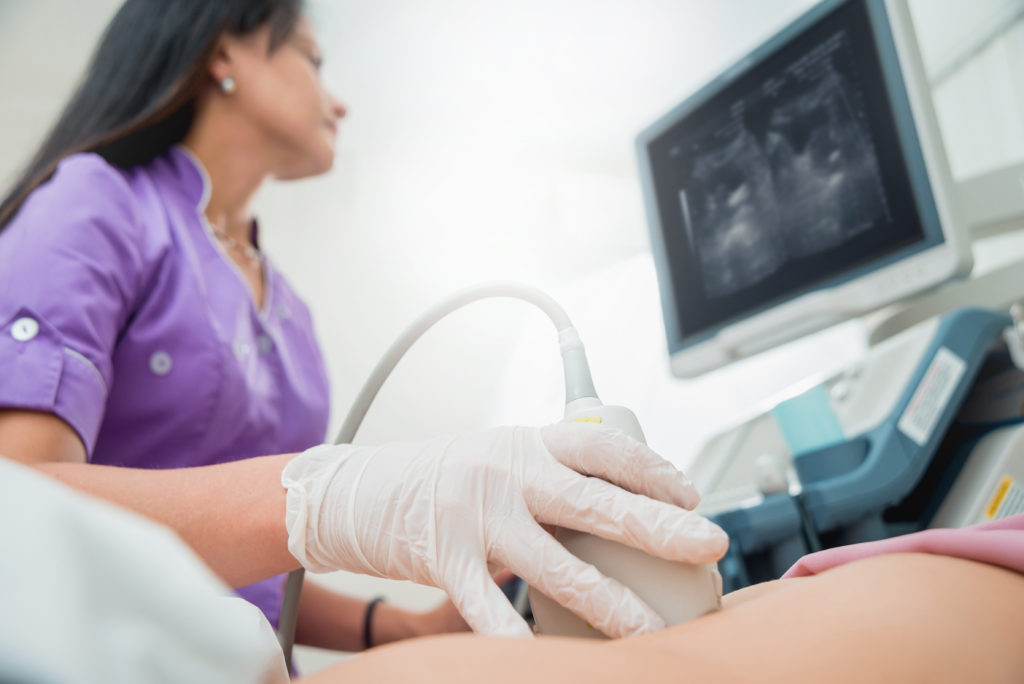For a long time now, ultrasound has been established as a reliable imaging approach with minimal patient invasion that can empower doctors with lots of information about the human body’s interior. Technological advancements in ultrasound for gynecology have resulted in increased diagnosis rate thereby resulting in faster decision-making processes for various types of exams. Notably, there exist other diagnostic imaging techniques such as computed tomography (CT) scans, Magnetic Resonance Imaging (MRI), and hysterosalpingogram. These techniques have significant limitations such as high wait times, exposure to radiation energy, cost implications and high cost attached to them. On the other hand, ultrasound procedures have no radiative risk and are relatively accurate for the identification of various uterine malfunctions and duct anomalies.
Not only are ultrasound procedures non-ionizing, but they also have no radioactive exposure to patients. Moreover, they are simple thereby easy to analyze and interpret. The results of ultrasounds are usually quickly gotten and can, therefore, be quickly shared with relevant interested parties. Discussed below are some of the reasons why you should use ultrasound for diagnostic imaging.
Sufficient gynecological anatomy visualization
Ultrasound procedures usually provide a good coronal plane visualization which facilitates more complete and realistic imaging of the pelvis. Moreover, 3D ultrasound makes it easier to visualize and comprehend the pathology in the pelvis area in terms of how they relate to tissue layers and other organs.
Affordable imaging
Ultrasound procedures are generally less costly in comparison to other imaging techniques such as CT scans, hysterosalpingogram and MRI scans. This is usually a barrier to most people who may not necessarily have the requisite funds to cater for such procedures. Therefore, should you wish to take an ultrasound exam, you should definitely visit any ultrasound offices near me to get quick, simple and accurate results.
Exam dynamism
The live patient examination usually results in better examination and subsequent information as is the case with ultrasound imaging. However, the same cannot be said for other scanning and imaging techniques. With ultrasound, both the patient and the clinical officer have a chance to probe further and seek clarification during the process. The use of transvaginal probes has enabled the identification of points of origin of pain, deep pelvic masses evaluation and evaluation of bowels with regards to pelvic organs.
Low wait and the travel duration
The ultrasound imaging technique is readily portable and accessible which enables clinical officers to use them in-house. This creates a convenient arrangement for patients since they will not be compelled to travel around to various facilities. In addition, it helps to improve diagnosis time especially for painful and complicated disorders related to gynecology.
No exposure to radiation
A non-ionizing and reliable imaging approach is crucial especially when working with patients in their reproductive prime in order to improve their experience. Radiation has been linked with reproductive disorders and malfunctions and should, therefore, be avoided, especially for this group. Luckily, ultrasound imaging facilitates proper analysis of the pelvic area without having to worry about radiation.
Conclusion
Ultrasound procedures are ideal for imaging since they are more affordable, less complicated and dynamic. Most importantly, they are safer since they do not expose the patient to radiation energy. Therefore, you should visit any office near you should you find yourself in need of radiation energy.
